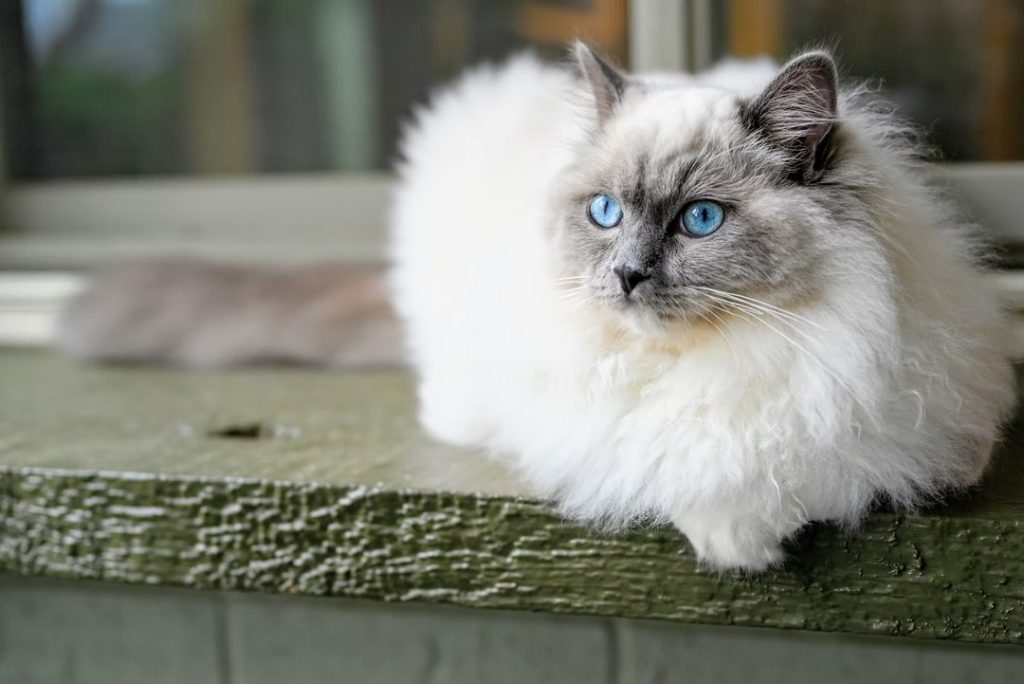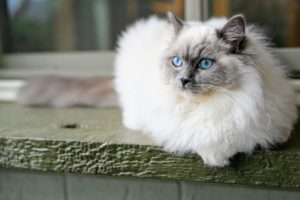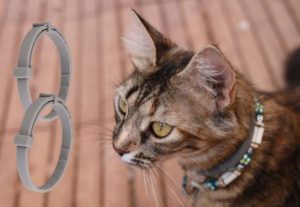Ragdoll cat grooming and flea prevention are important aspects of taking care of your furry friend. Ragdoll cats are beautiful and affectionate pets with silky, semi-long coats and bright blue eyes. They are known for their gentle and relaxed personalities. However, like any other cat, they require regular grooming to keep their fur healthy and free of mats, tangles, and fleas. In this article, we will answer some common questions about how to groom your Ragdoll cat, such as:
- Brushing a Ragdoll Cat to Prevent Matting
- What Type Of Brush Is Best For A Ragdoll Cat?
- How often should you brush a Ragdoll cat?
- What are some signs that a Ragdoll cat needs to be groomed?
- What shampoo is best for cleaning a Ragdoll cat’s fur after grooming?
- How often should I bathe my Ragdoll cat to prevent fleas?
- What are some natural remedies to prevent fleas on cats?
- What are some common flea treatments for Ragdoll cats?
- How to prevent fleas from spreading to other pets in the household?
Brushing a Ragdoll Cat to Prevent Matting
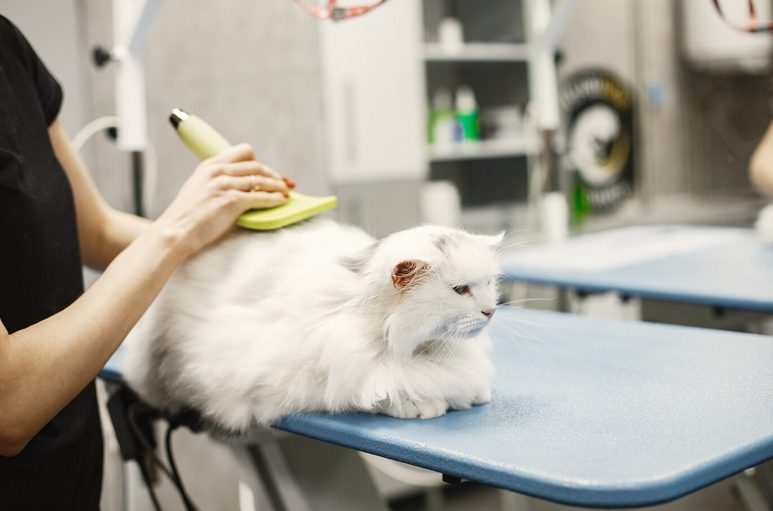
To keep your Ragdoll cat’s luxurious coat mat-free, follow these simple yet effective brushing techniques:
- Start by gently combing your cat’s fur with a wide-toothed comb to remove loose hair and dirt. Work your way from the head to the tail, and pay attention to the areas behind the ears, under the chin, and around the legs, where mats are more likely to form.
- Next, use a slicker brush to smooth out the fur and remove any tangles. Brush toward the hair growth, and avoid pulling or tugging on the fur. Be careful not to scratch your cat’s skin with the metal bristles.
- Finally, use a soft-bristled brush to give your cat a final polish and distribute the natural oils in the fur. This will make your cat’s coat shiny and healthy.
What Type Of Brush Is Best For A Ragdoll Cat?
The ideal brushes for Ragdoll cats promote a tangle-free and glossy coat. Here are some examples of brushes that you can use for your Ragdoll cat:
- A wide-toothed comb is a must-have for Ragdoll cats, as it can easily detangle the fur without causing discomfort or damage. Look for a comb with rounded tips and a comfortable handle.
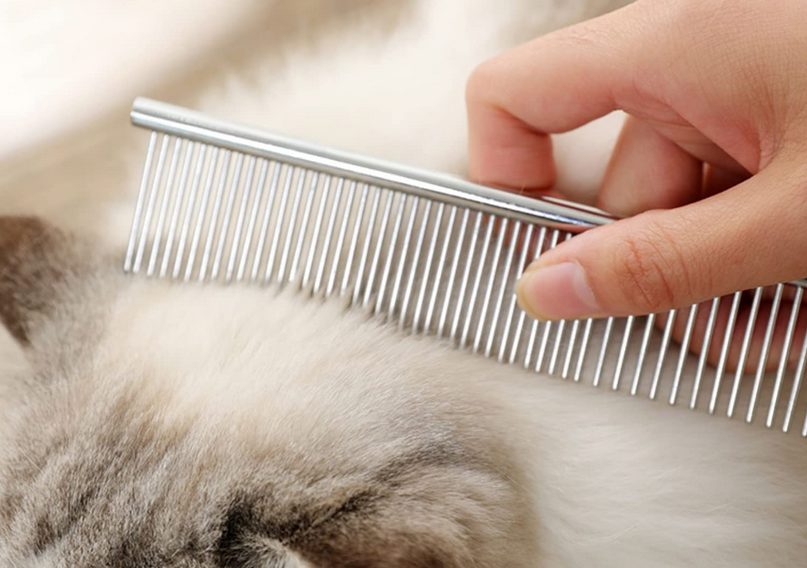
- A slicker brush is another essential tool for Ragdoll cats, as it can remove mats and loose hair from the undercoat. Look for a brush with fine, flexible bristles and a self-cleaning feature that allows you to remove the hair with a button.
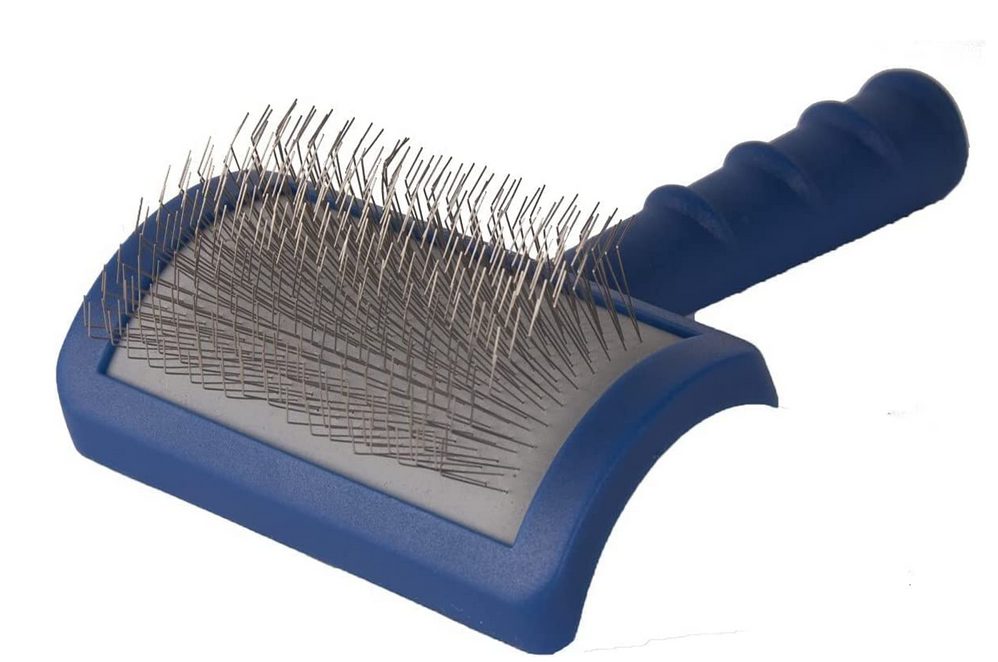
- A soft-bristled brush is a nice addition to your Ragdoll cat’s grooming kit, as it can give your cat a gentle massage and a glossy finish. Look for a brush with natural or synthetic bristles and an ergonomic handle.
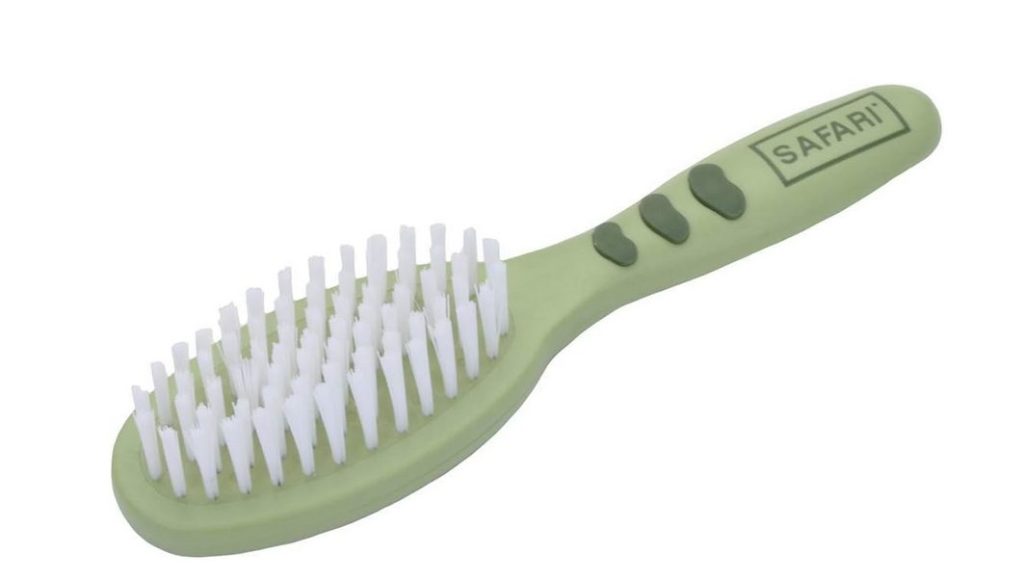
How often should you brush a Ragdoll cat?
The recommended brushing frequency for Ragdoll cats is once or twice a week, depending on the season and the individual cat.
Here are some factors that may affect how often you need to brush your Ragdoll cat:
- When Ragdoll cats shed their winter and summer coats in spring and fall, you may need to brush your cat more often to remove the excess hair. You can also use a de-shedding tool to reduce the amount of hair that your cat sheds.
- Some Ragdoll cats may enjoy being brushed more than others and may even ask for it. You can use brushing as a bonding activity with your cat and reward them with treats and praise.
Grooming a Ragdoll Cat with Long Hair
Grooming your Ragdoll cat with long hair can be a smooth and enjoyable experience if you follow these tips:
- Choose a quiet and comfortable place to groom your Ragdoll cat, where they feel relaxed and safe. Avoid grooming your cat when stressed, hungry, or sleepy, as they may be less cooperative or more aggressive.
- Use positive reinforcement to make grooming a pleasant experience for your Ragdoll cat. Offer them treats, toys, or praise before, during, and after grooming, and avoid scolding or punishing them for resisting or misbehaving.
- Be gentle and patient with your Ragdoll cat, and respect their limits. Do not force your cat to stay still or endure pain; take breaks if they become restless or annoyed. Stop grooming if your cat shows fear or aggression, such as hissing, growling, or biting.
What are some signs that a Ragdoll cat needs to be groomed?
Your Ragdoll cat may show signs of needing a grooming session if their fur is matted, dirty, or infested with fleas or ticks. Here are some signals that indicate your Ragdoll cat needs a grooming session:
- Your Ragdoll cat may show discomfort or irritation if their fur is matted or tangled. They may scratch, lick, or bite their fur excessively or try to avoid being touched or petted.
- Your Ragdoll cat may also show signs of poor hygiene or health if their fur is dirty or infested with fleas or ticks. They may have a dull, greasy, or smelly coat or develop skin infections or allergies.
- Your Ragdoll cat may also leave traces of their fur around your home, such as on your furniture, clothes, or carpets. This can indicate they are shedding more than usual or not grooming themselves properly.
What type of shampoo is best for cleaning a Ragdoll cat’s fur after grooming
The best shampoos for cleaning your Ragdoll cat’s fur after grooming are gentle, hypoallergenic, and pH-balanced.
Here are some examples of shampoos that you can use for your Ragdoll cat:
- Earthbath Oatmeal and Aloe Shampoo is a natural, biodegradable shampoo that can soothe and moisturize your Ragdoll cat’s skin and coat. It contains oatmeal, aloe vera, and coconut-based cleansers that can help relieve itching and dryness. It also has a light vanilla and almond scent that can deodorize your cat’s fur.
- Burt’s Bees for Cats Hypoallergenic Shampoo is a mild and tearless shampoo that cleans and nourishes your Ragdoll cat’s skin and coat. It contains shea butter and honey that can hydrate and soften your cat’s fur. It also has no added fragrances, sulfates, or colorants that can irritate your cat’s skin.
- TropiClean Gentle Coconut Shampoo is a gentle, soap-free shampoo that can clean and condition your Ragdoll cat’s skin and coat. It contains coconut and aloe that can replenish your cat’s fur’s natural moisture and balance. Its tropical scent can also leave your cat smelling fresh and clean.
Flea Prevention and Treatment for Ragdoll Cats
Fleas are a common problem for cats, especially those with long hair. Fleas can cause itching, irritation, and allergic reactions on your Ragdoll cat’s skin and coat. They can also transmit diseases and parasites to your cat and other pets in your household.
How often should I bathe my Ragdoll cat to prevent fleas?
To prevent fleas, you should bathe your Ragdoll cat regularly, but not too often. Ragdoll cats have low-shedding coats and groom themselves well, so they do not need frequent baths.
However, the ideal bathing frequency may depend on your cat’s activity level, coat condition, and health status. As a rule of thumb, you should bathe your Ragdoll cat every 2 to 4 months, but you should always monitor your cat’s coat and skin for signs of fleas, dirt, or irritation.
It would help if you also used appropriate grooming tools, such as a flea comb or a soft brush, and products suitable for your cat’s needs, such as a gentle shampoo or a flea treatment.
What are some natural remedies to prevent fleas on cats?
Some natural remedies you can use to reinforce flea prevention for your Ragdoll cat are herbal treatments, such as oregano oil, rosemary, or cumin, which can repel or kill fleas with their scent or properties.
You can mix these herbs with water or carrier oil and apply them to your cat’s skin or bedding, but you should be careful not to use them too much or too often, as they may cause irritation or toxicity.
Use natural flea prevention products, such as diatomaceous earth, apple cider vinegar, or coconut oil, which can dehydrate, acidify, or suffocate fleas.
Sprinkle these products on your cat’s fur or bedding or add them to your cat’s food or water, but you should always consult your veterinarian before doing so, as they may have side effects or interactions.
You can also use grooming techniques, such as bathing, brushing, or combing, which can remove fleas and their eggs from your cat’s coat. You should do this regularly and thoroughly, using warm water, a gentle shampoo, and a fine-toothed comb.
What are some common flea treatments for Ragdoll cats?
Some common flea treatments designed specifically for Ragdoll cats are topical solutions, oral tablets, and flea collars.
Topical solutions, such as Revolution Plus or Advantage Multi, are applied to the skin on the back of your cat’s neck and kill fleas and other parasites by affecting their nervous system.
These treatments are easy to apply, long-lasting, and effective against all life stages of fleas, but they may cause skin irritation, hair loss, or allergic reactions in some cats.
Oral tablets, such as Capstar or Bravecto, are given to your cat by mouth and kill fleas by interfering with their metabolism. These treatments are fast-acting, safe, and gentle and can be used for kittens as young as 4 weeks, but they may not prevent new infestations and may cause vomiting, diarrhea, or seizures in some cats.
Flea collars like Seresto or Sentry are worn around your cat’s neck and release insecticides that kill or repel fleas. These treatments are convenient, affordable, and long-lasting, but they may not be effective against all fleas and may cause skin irritation, hair loss, or poisoning in some cats.
How to prevent fleas from spreading to other pets in the household?
To prevent fleas from spreading to other pets in your household, you should follow these steps:
- Treat all your pets for fleas regularly, using products appropriate for their species, age, and weight. You should consult your veterinarian before using any flea treatment and follow the instructions carefully. You should also monitor your pets for signs of adverse reactions, such as itching, swelling, or lethargy.
- Clean your home thoroughly using a vacuum cleaner, a steam cleaner, or a household flea spray. It would help if you focused on where your pets spend most of their time, such as bedding, furniture, or carpets. You should also wash your pet’s bedding and toys in hot water every week and dispose of the vacuum bag or filter after each use.
- Use natural or chemical flea repellents, such as essential oils, diatomaceous earth, or cedar chips, to deter fleas from entering or staying in your home. You can spray or sprinkle these products around your home.
With a passion for cats and years of experience in cat care and grooming, I have gained valuable insights and expertise that I want to share with other cat lovers. I believe that every cat deserves the best care possible, and through this platform, I aim to empower cat owners like you to provide the utmost love and care for your feline companions.
